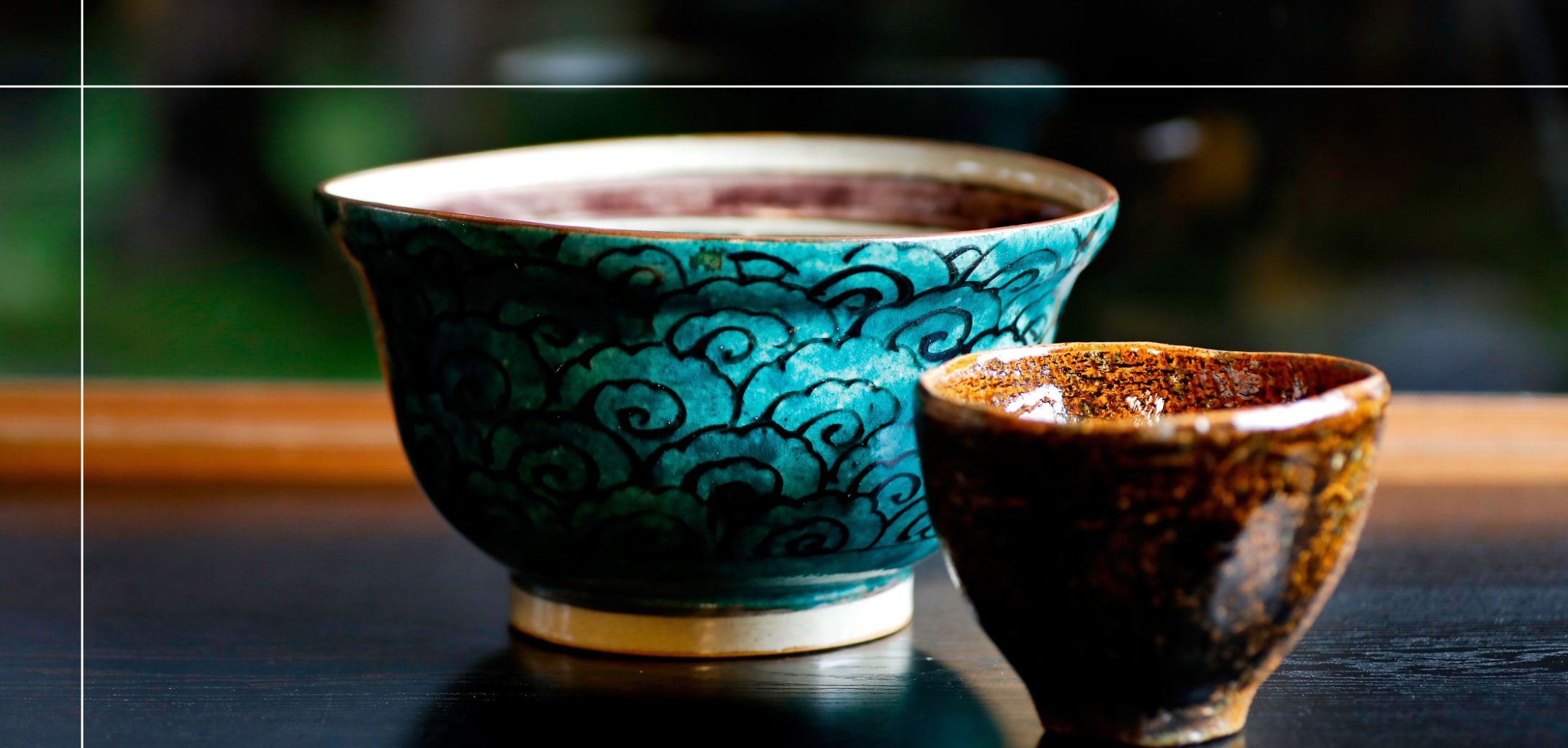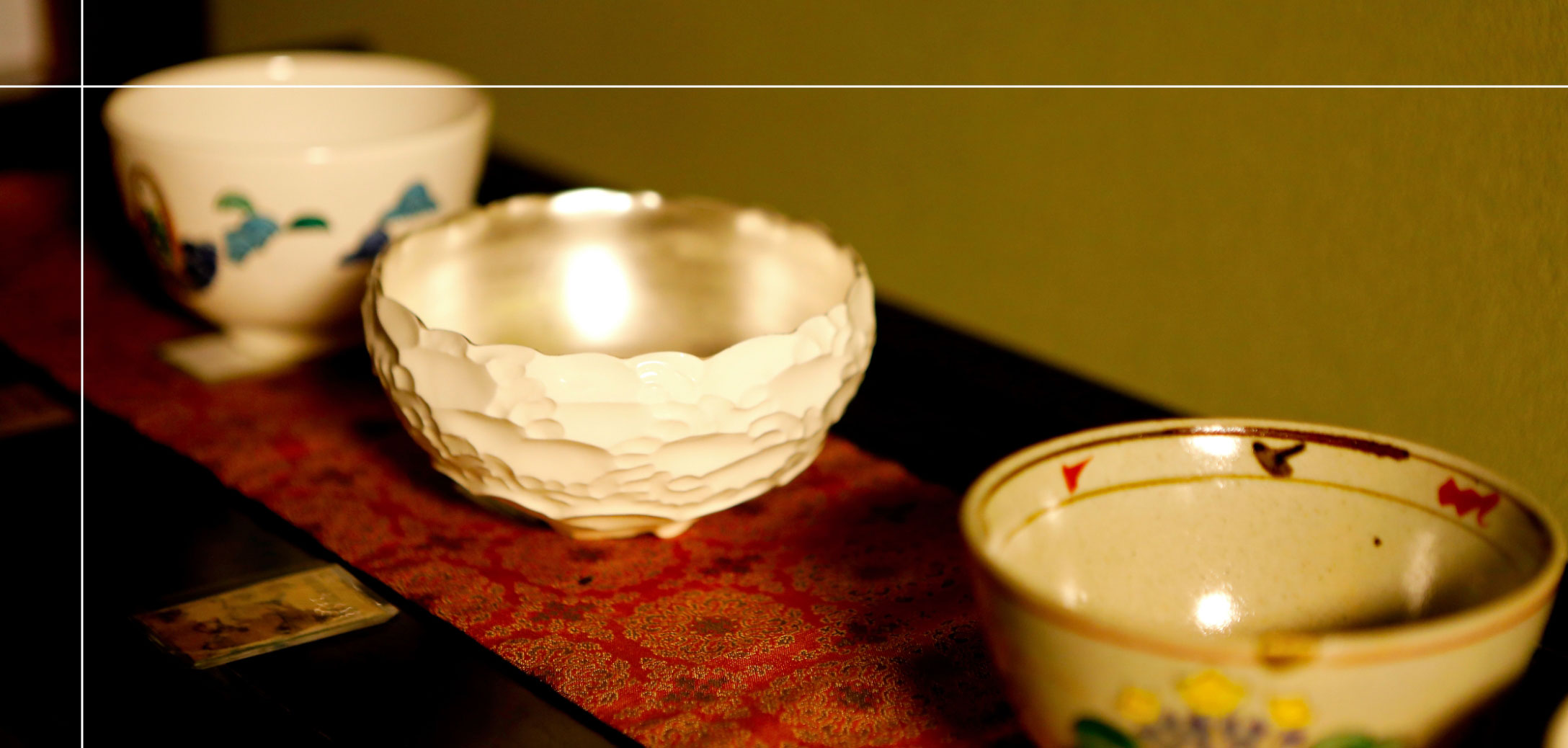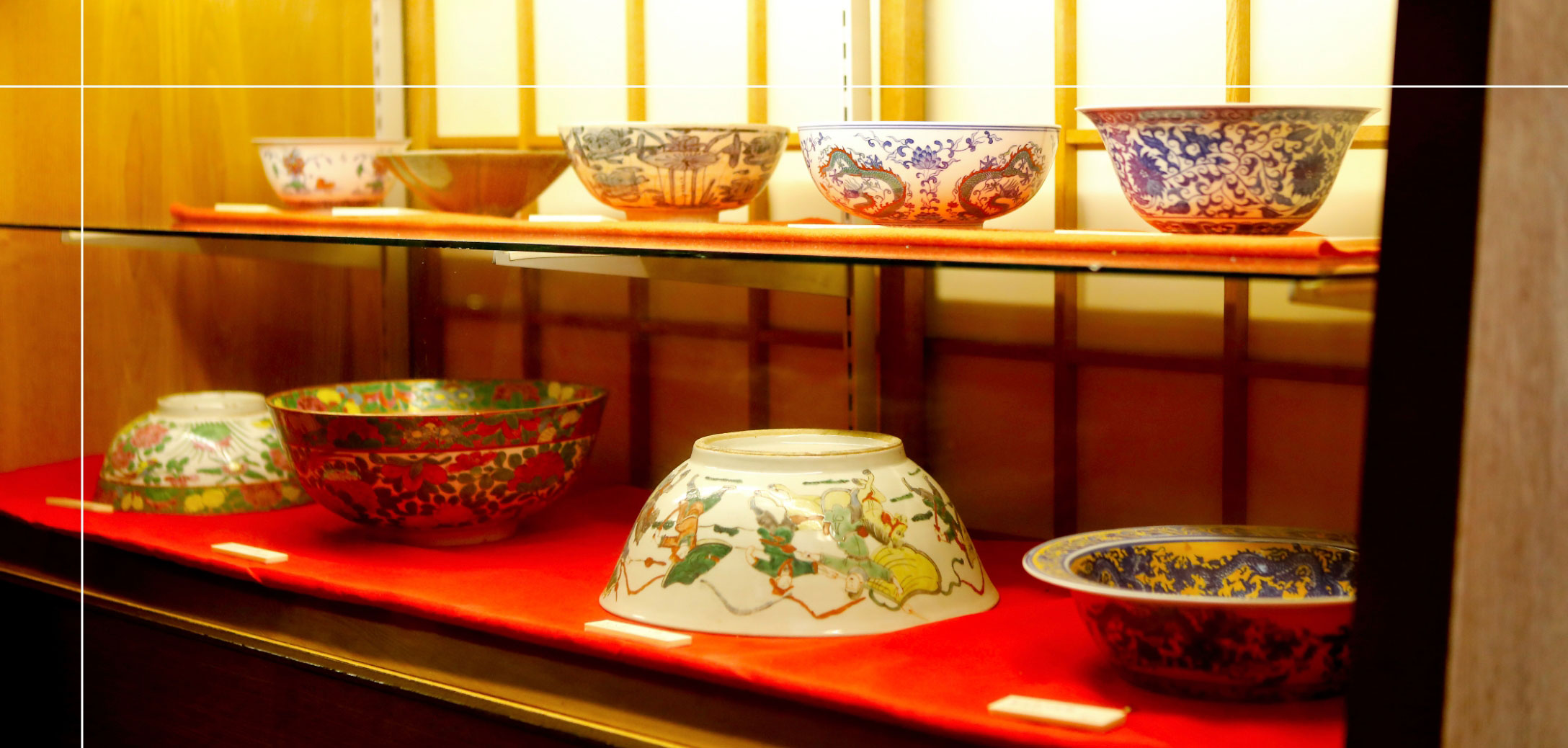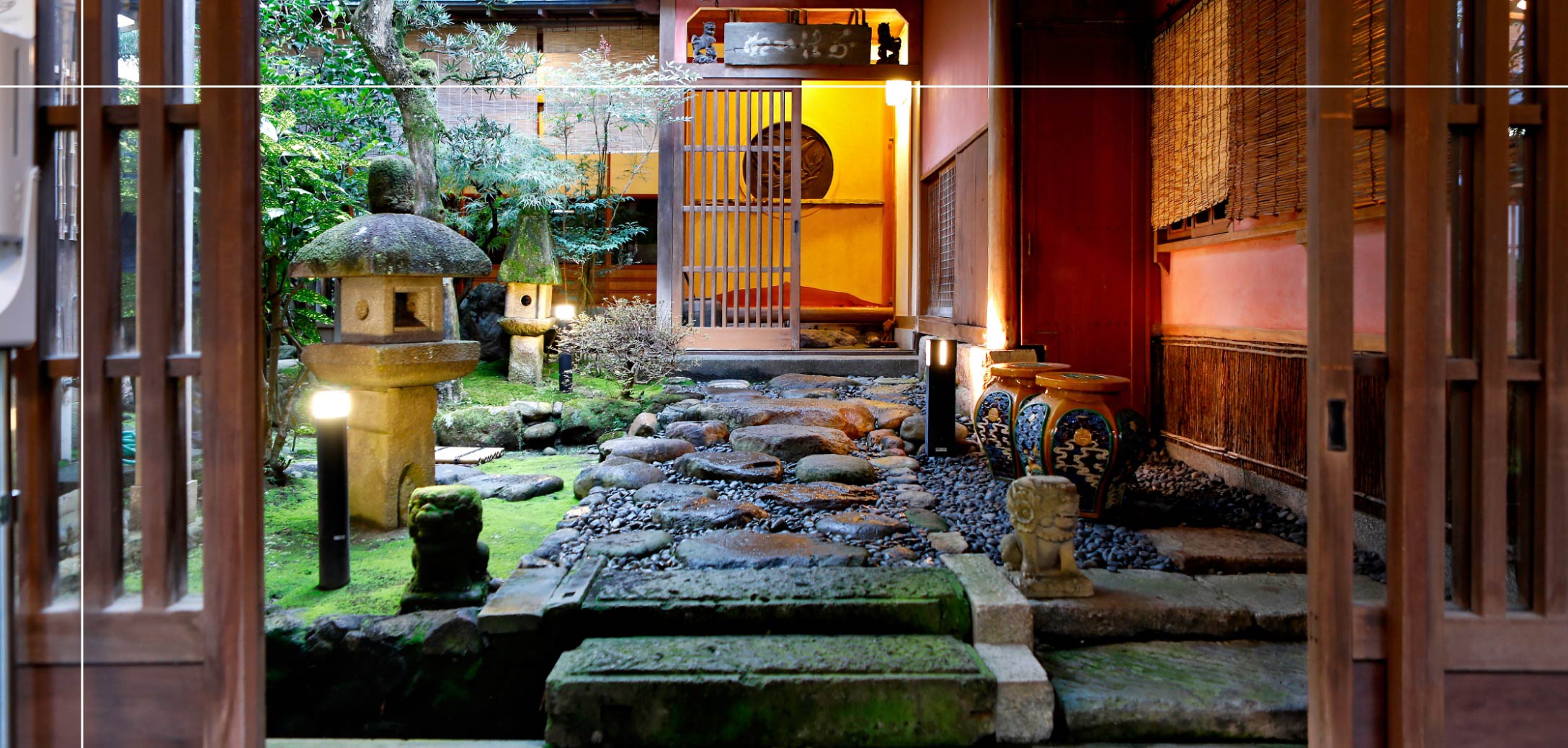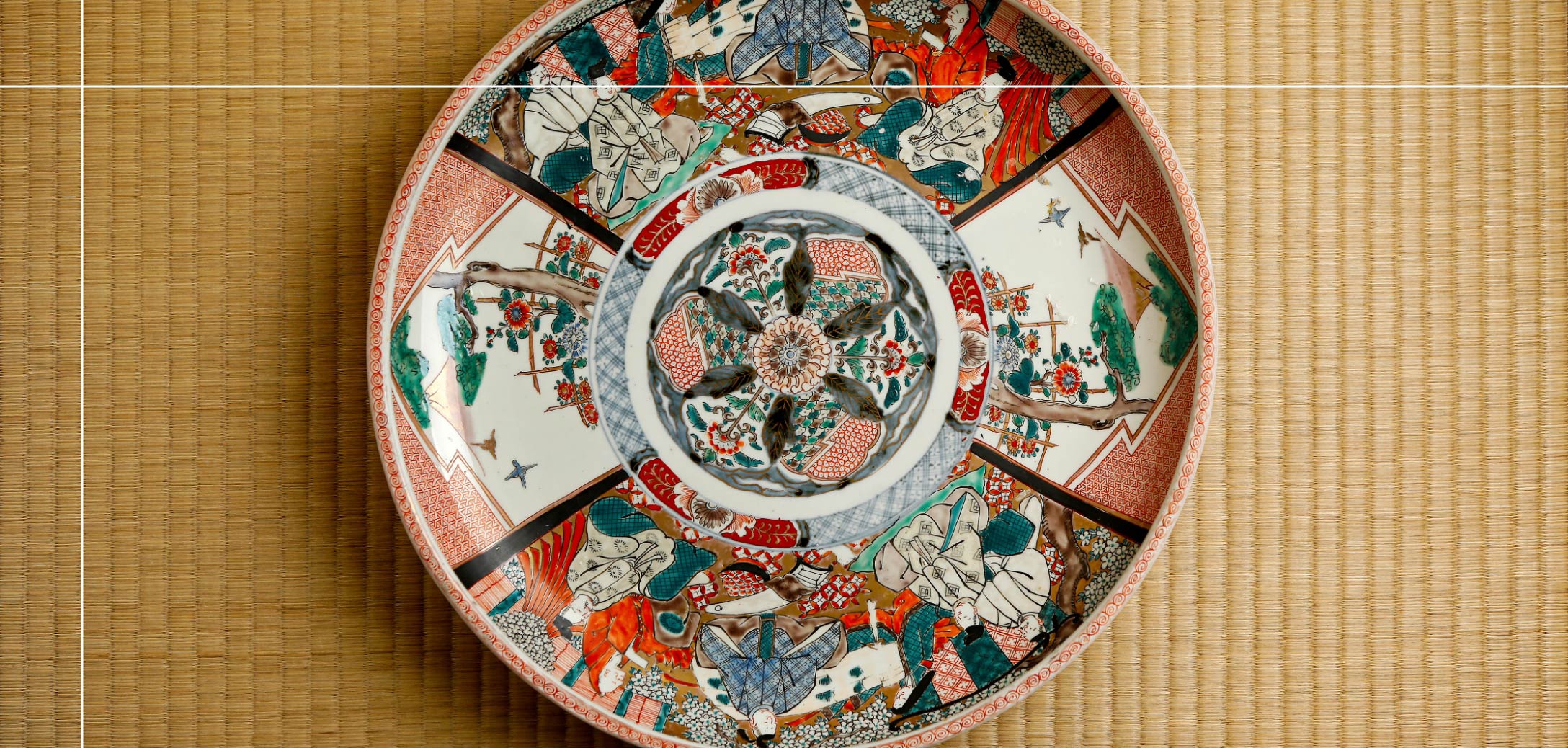Noto & Kaga, Traditions & Tastes On The Sea of Japan
Noto Peninsula, Ishikawa Prefecture.
Surrounded by the waters of the Japan Sea the Noto Peninsula in Ishikawa Prefecture offers a variety of environments and unique topography. The peninsula’s rugged western coastline is deemed unsuitable for fishing or farming as it often experiences rough waves, and so salt is produced in the area’s salt pans, while rice is grown in the quaint terraced Senmaida rice paddies.
The eastern coastline on the other hand is relatively calm throughout the year and being at the intersection of warm and cold currents, offers a bounty of various delicious fish.
The land facing Toyama Bay on the eastern side of the Noto Peninsula enjoys a mild climate. The rolling hills are ideal for field crops to flourish and unique Noto regional vegetables to be grown. Dairy farming and popular wineries can also be found here.
The Noto area is characterized by its abundant variety of fresh foods. The seafood is especially delicious, and so the Noto area is recognized as one of Central Japan’s finest gourmet regions.

There are many fresh seafoods and agricultural products not available in markets and found within an hour of this area, ensuring their freshness. Among them are high-class seafoods such as Hamo, or conger eel, Nodoguro, also known as rosy seabass and Kobako-gani, being Ishikawa Prefecture caught female snow crabs which can only be eaten between early November and year’s end. Another is Kanburi, cold yellowtail, a delicacy caught between late November and February in Noto’s Himi area as they make their way south from Hokkaido to Kyushu’s Goto Islands to spawn. The fine sake brewed in the Noto area’s specialist small breweries is particularly treasured, thanks to the regions’ quality rice and fresh water. Many people visit Noto for the fresh fish and fine sake.


Just south of Noto is the famous tourist destination, Kanazawa City. The surrounding area, known as Kaga, was once the territory of the powerful Maeda clan, feudal lords with an income rivalling that of the mighty Shogun. It was the Maeda clan that encouraged various artisans and laid the foundations for a variety of traditional industries that exist to this day, such as the beautifully crafted Kutani ceramics and lacquer ware with maki-e gold dust decorations. For many, the famed regional culinary style known as Kaga Ryori is characterized by its unique presentation, evoking an image of luxurious dining served in Kutani and maki-e lacquered wares to be enjoyed with the eyes as much as the palate. Kaga Ryori was heavily influenced by Kyoto’s famed culinary styles in its presentation yet contains the essence of Edo (Tokyo) cuisine in terms of seasoning. This fusion of Kyoto and Edo cuisine, using local ingredients makes a visit to Kanazawa something to look forward to.
Interview with;
Mr. Satoshi Otomo, President of Otomorou Co.
Ryotei Otomorou
2-27, Oyama-machi, Kanazawa City, Ishikawa Prefecture
Business hours: 9:00 a.m. to 7:00 p.m.
Closed: Wednesdays
Tel: 076-221-0305
INTERVIEW
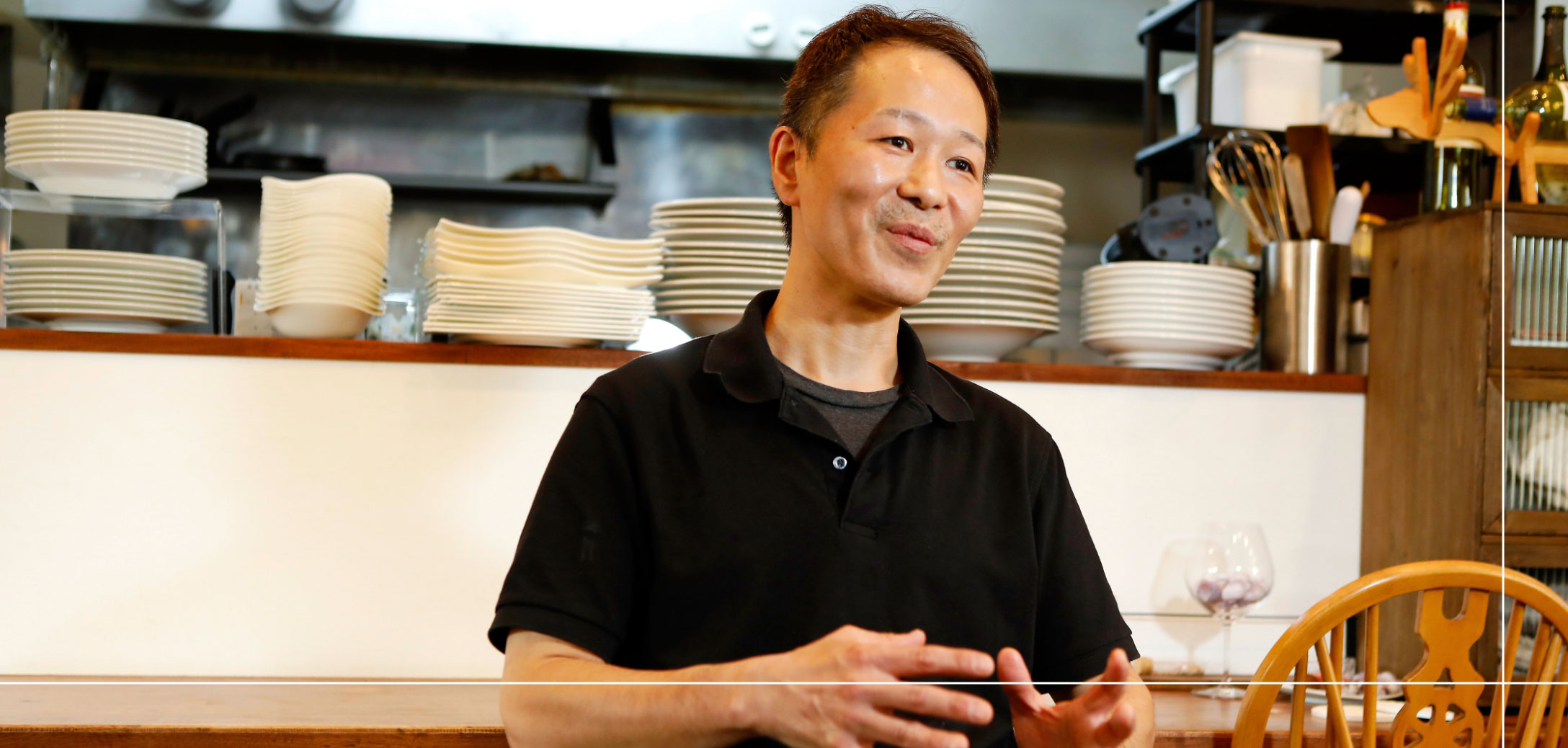
Mr.Shimatani Yoshinori, 4th generation traditional craftsman and head of Shimatani Shoryu Kobo.
What does Shimatani Shoryu Kobo make?
Well, we make various kinds of keisu, inverted standing or resting bells used in Buddhist rituals. Shimatani Shoryu Kobo was founded in 1909 by Shimatani Kazuyoshi, who grew up in a family of keisu craftsmen active since the late feudal Edo period.
Shimatani products are used at temples across Japan, including Kyoto’s famed Nanzen-ji Temple and Fukui’s Eihei-ji Temple.
What is the history of Keisu bell manufacturing in Takaoka?
Takaoka originally became prosperous through its casting techniques, starting in 1611 when lord Maeda Toshinaga, master of this area, invited seven casting specialists from Osaka to set up foundries here. Initially, these craftsmen manufactured pots, pans, farming implements and so on. However, under the rule of the Kaga domain, they were awarded many privileges, and from the mid Edo period, began to manufacture copperware including Buddhist altar items and vases. The production of keisu started around the mid to late Edo period, and there were around 30 keisu craftsmen in Takaoka at its peak.
What made you decide to take over the family business?
Ever since I was a child, whenever my relatives gathered, I was always told that I had to take over the business. Watching my father and grandfather work, I knew how difficult the work was, so I was reluctant to take over the business when I was young. To be honest, I didn't want to take over, but, one day, I was talking to a woman cleaner at the train station about my work, and she said, "How rare and wonderful to be born into a family that crafts tools for Buddha”. That’s what made me realize the importance of the family business, and I decided then to continue the tradition. It's been 25 years since then.
What were some of the difficulties you faced during your training?
Both my father and grandfather were genuine craftsmen. They didn’t teach me step by step, I had to learn by watching their work. When I tried and couldn’t do it well, they really ripped into me which was frustrating, so I’d continue to try harder.
What are some of the difficulties in keeping the traditions alive?
In the past, it was common for every house to have a traditional tatami mat room with an alcove and hanging scrolls.
Nowadays most houses don't even have a Japanese-style room, and there are now fewer homes with Buddhist altars. Our lifestyles have changed, and so manufacturers have also had to evolve bit by bit to meet the changes, otherwise the workshop won’t be able to survive. I think it is important to have a forward thinking attitude.
Until now, we only made Keisu bells at my studio, but seven or eight years ago I started making Suzugami, or "Tin Paper", a new metallic paper like product that utilizes hammering techniques. Like origami, it can be transformed into various shapes and customized, making it a popular gift and souvenir. In the future, I’d like to sell our products overseas as well. To make the craft better known, we also hold workshops where people can learn and experience the techniques and culture.
Mr. Shimatani, what is your approach to your work?
The work involves a variety of processes. If we skip even a single process, the result will be poor, a fine finish cannot be achieved. If something isn’t right along the process line, it ultimately fails, and so I work carefully. By putting my heart and soul into our work, we end up with a good product. I can proudly say that our workshop is the only one with the skills to produce the best sounding bells, and I continue to maintain that quality.


